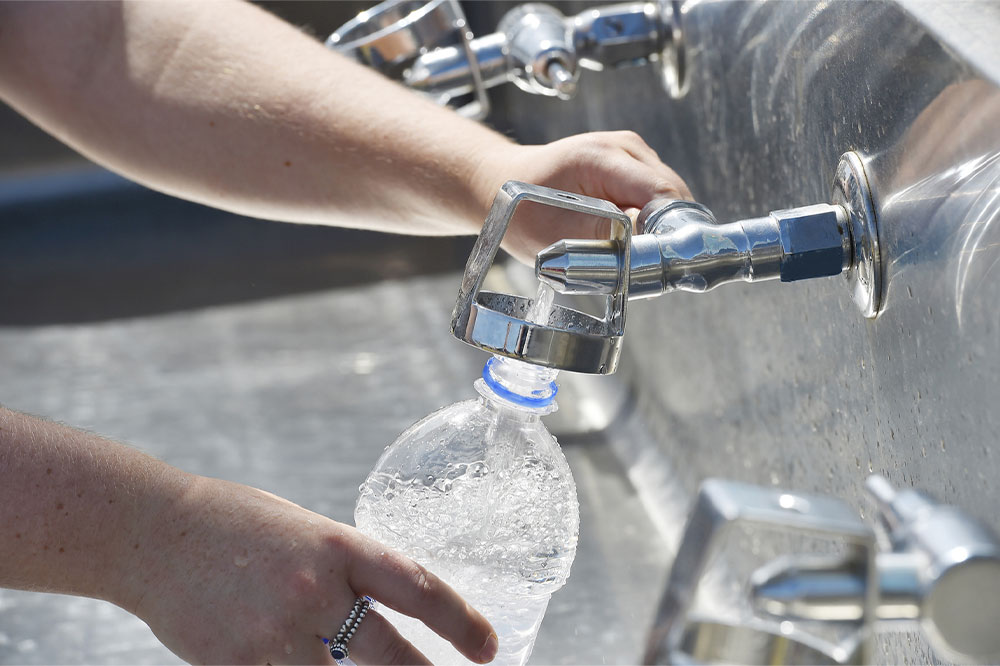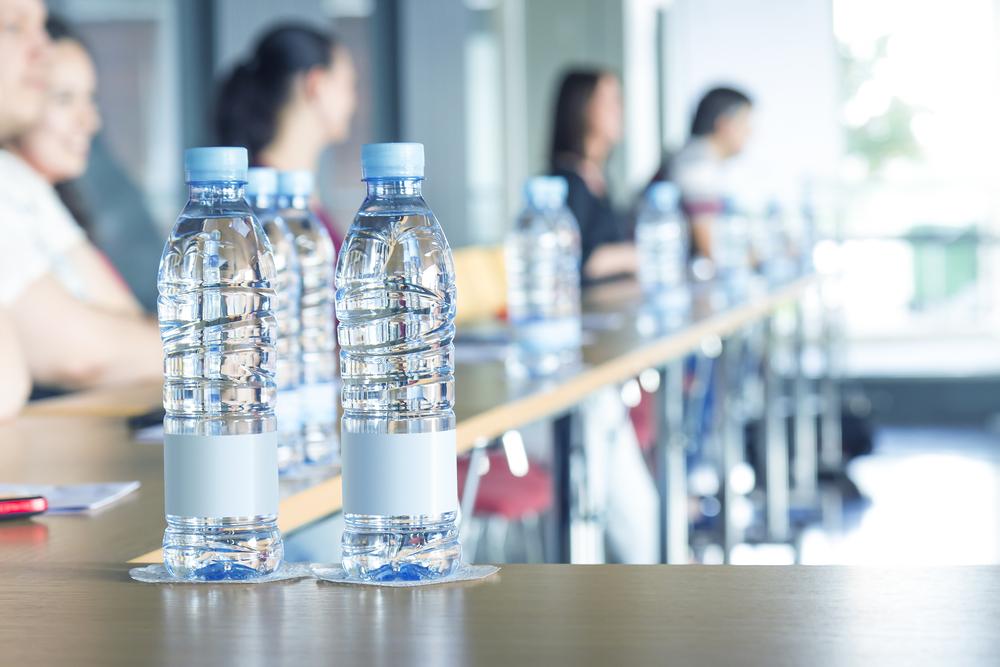In-Depth Comparison of Bottled Water and Tap Water: Making the Optimal Choice for Health and Sustainability
Explore an in-depth comparison between bottled water and tap water to determine the healthier, more economical, and eco-friendlier choice. Learn about safety standards, environmental impacts, costs, and when bottled water might be necessary. Make informed decisions for your health and sustainability with this comprehensive guide.

Deciding Between Bottled Water and Tap Water: Which Option Suits You Best?
Every year, each individual in the United States consumes approximately 30 gallons of bottled water, illustrating its popularity as a preferred beverage choice. However, understanding the distinctions between bottled and tap water—regarding safety, regulation, cost, and environmental impact—is crucial for making an informed decision. Both types are subject to government standards, with the FDA overseeing bottled water and the EPA regulating tap water. Recognizing the differences can not only help you save money but also protect your long-term health and contribute to environmental sustainability.
This comprehensive comparison explores the safety standards, benefits, disadvantages, costs, and environmental implications of both bottled and tap water, guiding consumers towards healthier, cost-effective, and eco-friendly choices.
Understanding the Regulatory Landscape: Ensuring Safe Drinking Water
Regulatory oversight plays a pivotal role in ensuring safe drinking water for the public. In the United States, tap water is primarily regulated by the Environmental Protection Agency (EPA), which enforces strict standards under the Safe Drinking Water Act. These standards aim to limit contaminants such as bacteria, viruses, heavy metals, chemicals, and other pollutants. On the other hand, bottled water is overseen by the Food and Drug Administration (FDA), which sets safety and quality standards similar to those for bottled beverages and foods.
Both agencies mandate rigorous testing and regular inspections, although the EPA's regulations for tap water tend to be more stringent due to the nature of municipal water supplies. In addition, periodic contamination incidents, such as the 2017 Pittsburgh water crisis, have highlighted the importance of continuous monitoring and infrastructure maintenance.
Tap Water: The Public's First Choice for Safe and Economical Hydration
According to the EPA, approximately 92% of municipal tap water sourced from lakes, rivers, reservoirs, or wells is considered safe for drinking. This is achieved through comprehensive water treatment processes involving filtration, disinfection, and chemical balancing. Similarly, the Centers for Disease Control and Prevention (CDC) affirm that before reaching households, tap water undergoes rigorous treatment to eliminate harmful pathogens and impurities. Despite this, some local water systems have faced occasional contamination issues, underscoring the importance of vigilance and proper maintenance.
Tap water offers multiple advantages, making it a popular choice among consumers:
Cost-Effectiveness: It is remarkably affordable, with a typical cost of less than a cent per gallon. Reusable bottles can be filled daily, significantly reducing expenses over time. Additionally, many restaurants and cafes serve free tap water, further promoting its economical use.
Environmental Benefits: Opting for tap water minimizes plastic waste since it does not require single-use bottles. In addition, tap water production consumes less energy compared to bottled alternatives, thereby lowering the carbon footprint. Maintaining clean and sanitized reusable bottles also contributes to sustainability.
Regulatory Assurance: Due to strict EPA protocols, municipal tap water is among the safest drinking sources globally, with regular testing and compliance measures ensuring high standards of safety.
However, some consumers express concerns about chemicals such as chlorine and fluoride used in water treatment, which may influence taste and raise health debates. Furthermore, aging pipe systems can sometimes introduce contaminants.
Bottled Water: Convenience, Variety, and Concerns
Bottled water is regulated by the FDA, which certifies that the product meets safety standards before reaching consumers. It originates from various sources, including natural springs, wells, mineral springs, or municipal supplies. Post-sourcing, bottled water typically undergoes purification processes like filtration, UV treatment, or ozonation. The packaging is designed for convenience and portability, making bottled water a popular choice for outdoor activities, travel, and emergencies.
There are notable advantages to choosing bottled water:
Taste and Mineral Content: Bottled water often contains added minerals, which contribute to distinct flavors and may appeal to taste preferences. Many consumers prefer its purity due to the absence of chemicals like chlorine or fluoride.
Convenience: Portable and widely available, bottled water is a practical option for individuals on the go. It is also a safe choice when local tap water quality is questionable or during emergencies.
Nevertheless, bottled water has significant drawbacks:
High Cost: It is substantially more expensive than tap water—approximately 1,000 times more costly per gallon. For example, while tap water costs roughly $0.05 per gallon, bottled water can cost as much as $9.50 per gallon or more.
Environmental Impact: Producing, transporting, and disposing of plastic bottles consume vast amounts of energy, generate type plastic waste, and contribute significantly to landfills and pollution. Microplastics, tiny plastic particles resulting from decomposed bottles, can contaminate water sources and pose health risks, including inflammation and hormone disruption, potentially affecting organs such as kidneys and liver.
Regulatory and Safety Concerns: Although the FDA regulates bottled water, its standards are often less rigorous than EPA standards for tap water. Some bottled water brands may also contain microplastics and other contaminants, which are difficult to detect without specific testing.
Which Option Is Really Better? Factors to Consider
Deciding between bottled and tap water depends on various factors including safety, cost, convenience, and environmental impact. Generally, tap water is a safe, economical, and environmentally friendly choice, especially when filtered at home using certified water purification systems. For example, installing activated carbon or reverse osmosis filters can significantly improve the quality and taste of tap water, removing unwanted chemicals and impurities.
In circumstances where local tap water quality is compromised or during specific health conditions requiring pure water, bottled water may be a necessary alternative. Consumers should also consider their personal taste preferences and environmental values when making their decision.
Ultimately, each choice involves trade-offs. While tap water benefits include affordability and lower environmental impact, bottled water provides portability and perceived purity. Making informed decisions involves assessing local water quality reports, considering health needs, and weighing sustainability concerns.





